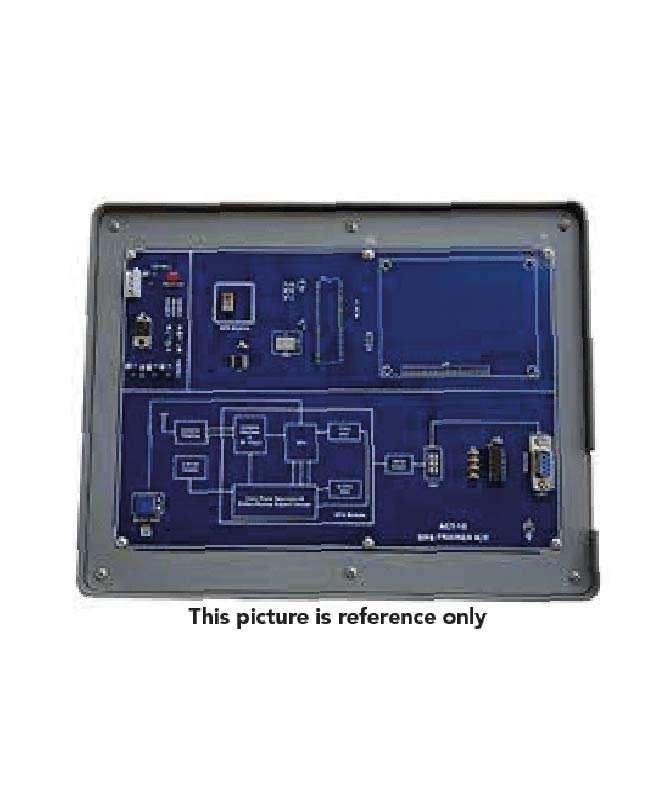Description
Specification:
Before looking at the GSM specifications,
it is important to understand the following basic terms:
bandwidth
the range of a channel’s limits; the broader the bandwidth, the faster data can be sent
bits per second (bps)?a single on-off pulse of data; eight bits are equivalent to one byte
frequency
the number of cycles per unit of time; frequency is measured in hertz (Hz)
kilo (k)
kilo is the designation for 1,000; the abbreviation kbps represents 1,000 bits per second
megahertz (MHz)?1,000,000 hertz (cycles per second)
milliseconds (ms)?one-thousandth of a second
watt (W)
a measure of power of a transmitter
Specifications for different personal communication services (PCS) systems vary among the different PCS networks.
Listed below is a description of the specifications and characteristics for GSM.
frequency band?The frequency range specified for GSM is 1,850 to 1,990 MHz (mobile station to base station).
duplex distance?The duplex distance is 80 MHz. Duplex distance is the distance between the uplink and downlink
frequencies. A channel has two frequencies, 80 MHz apart.
channel separation?The separation between adjacent carrier frequencies. In GSM, this is 200 kHz.
modulation?Modulation is the process of sending a signal by changing the characteristics of a carrier frequency.
This is done in GSM via Gaussian minimum shift keying (GMSK).
transmission rate?GSM is a digital system with an over-the-air bit rate of 270 kbps.
access method?GSM utilizes the time division multiple access (TDMA) concept. TDMA is a technique in which several
different calls may share the same carrier. Each call is assigned a particular time slot.
speech coder?GSM uses linear predictive coding (LPC). The purpose of LPC is to reduce the bit rate. The LPC provides
parameters for a filter that mimics the vocal tract. The signal passes through this filter, leaving behind a residual signal.
Speech is encoded at 13 kbps.






Reviews
There are no reviews yet.